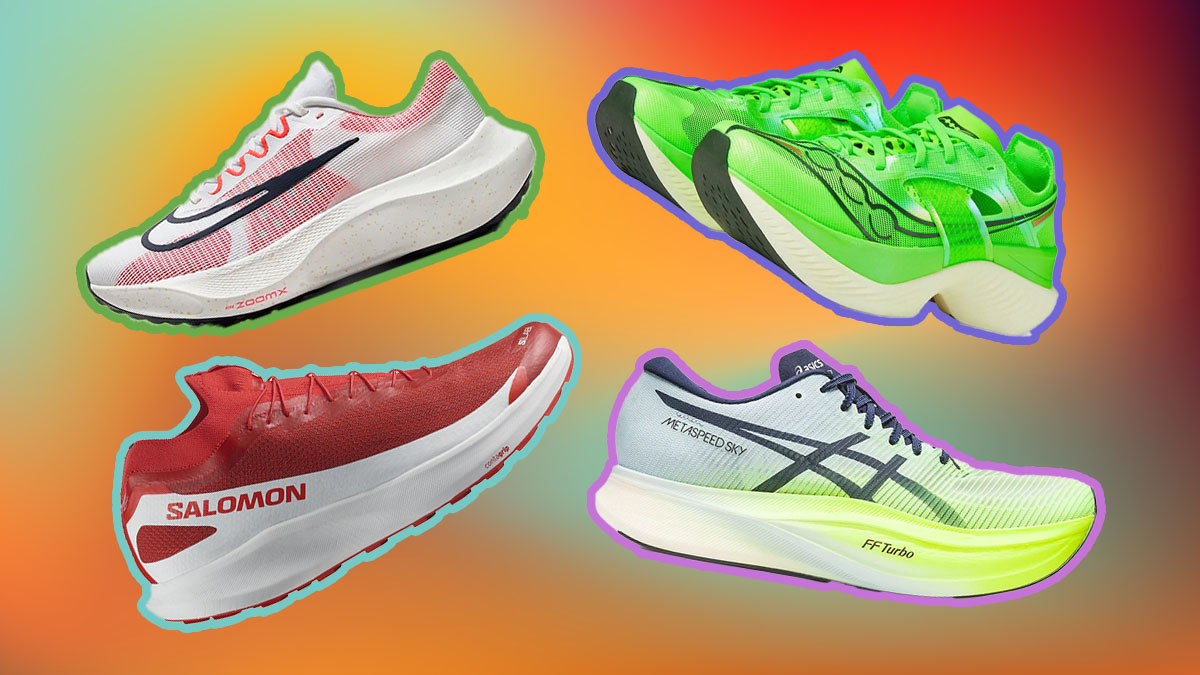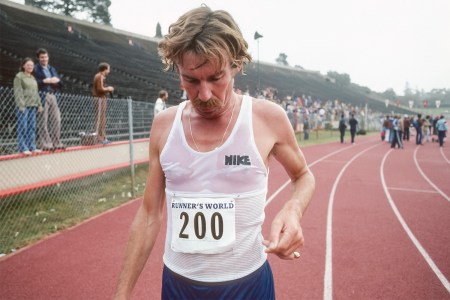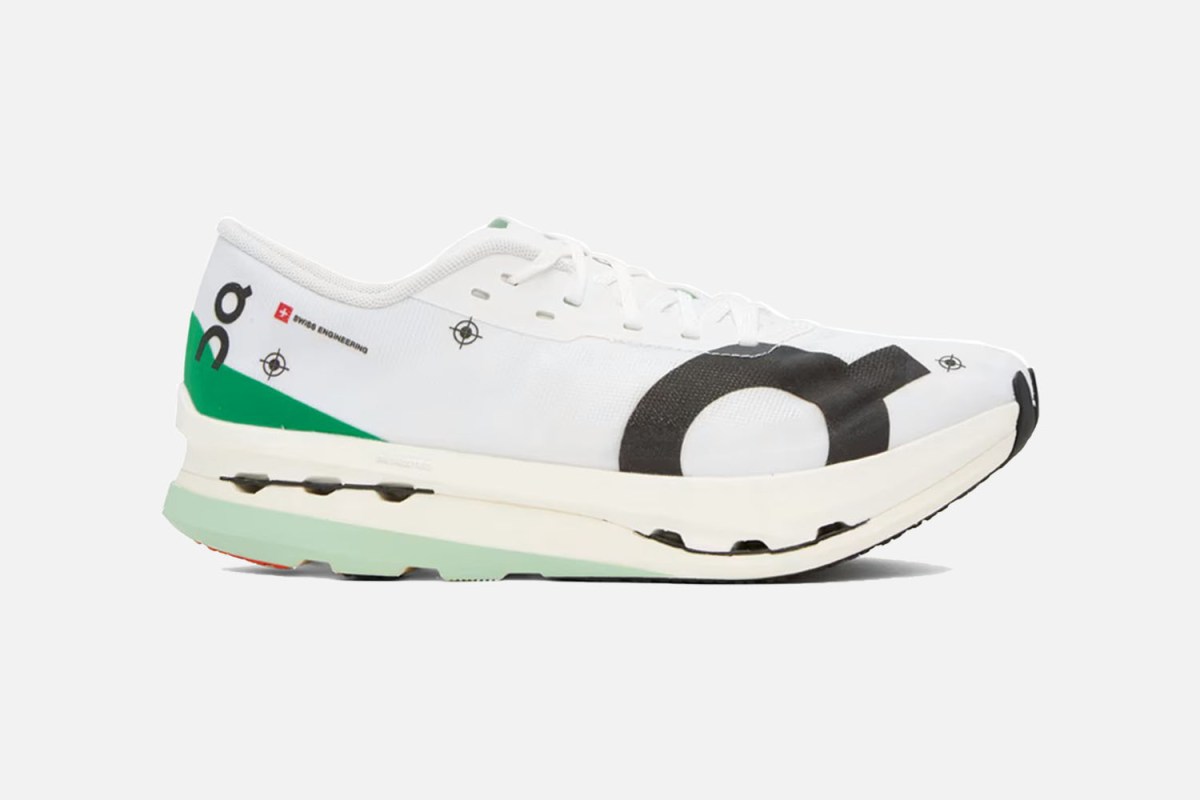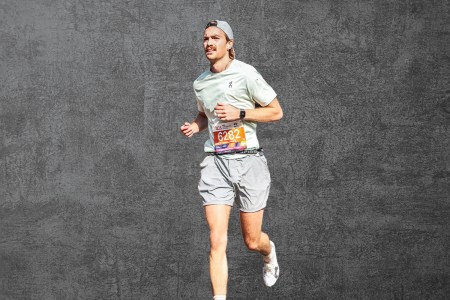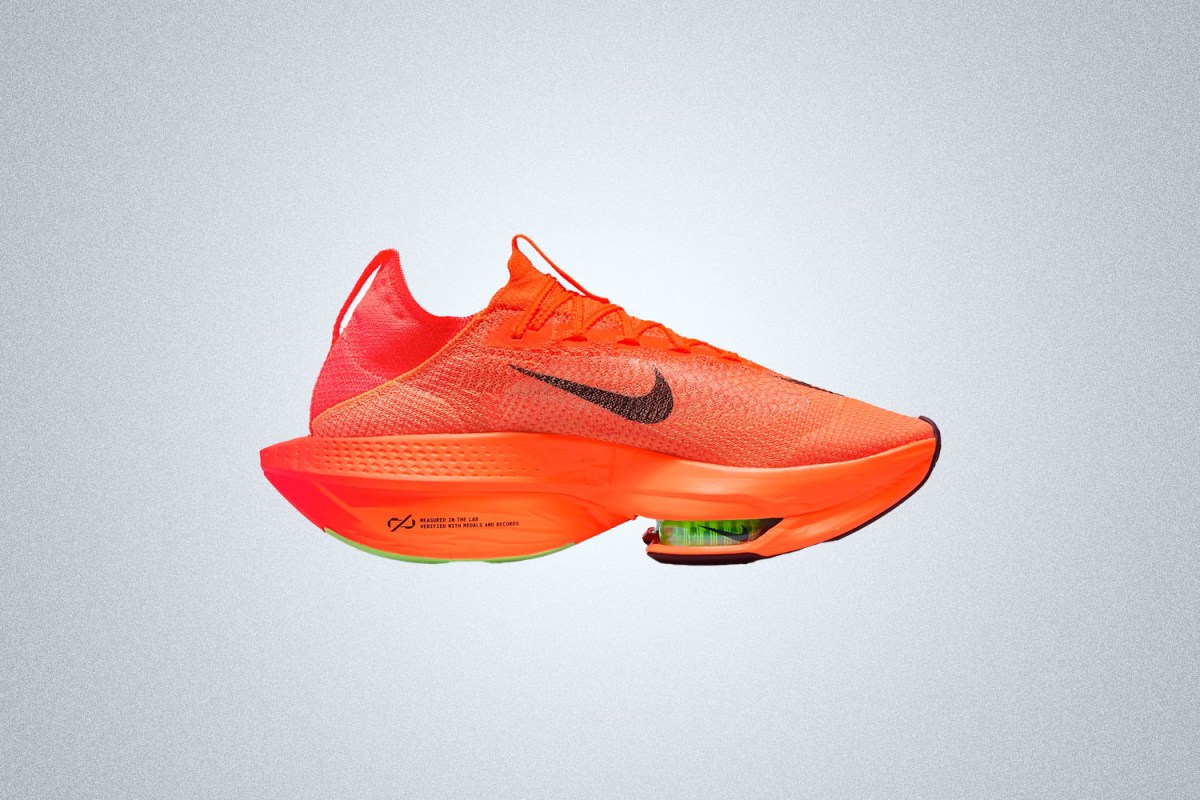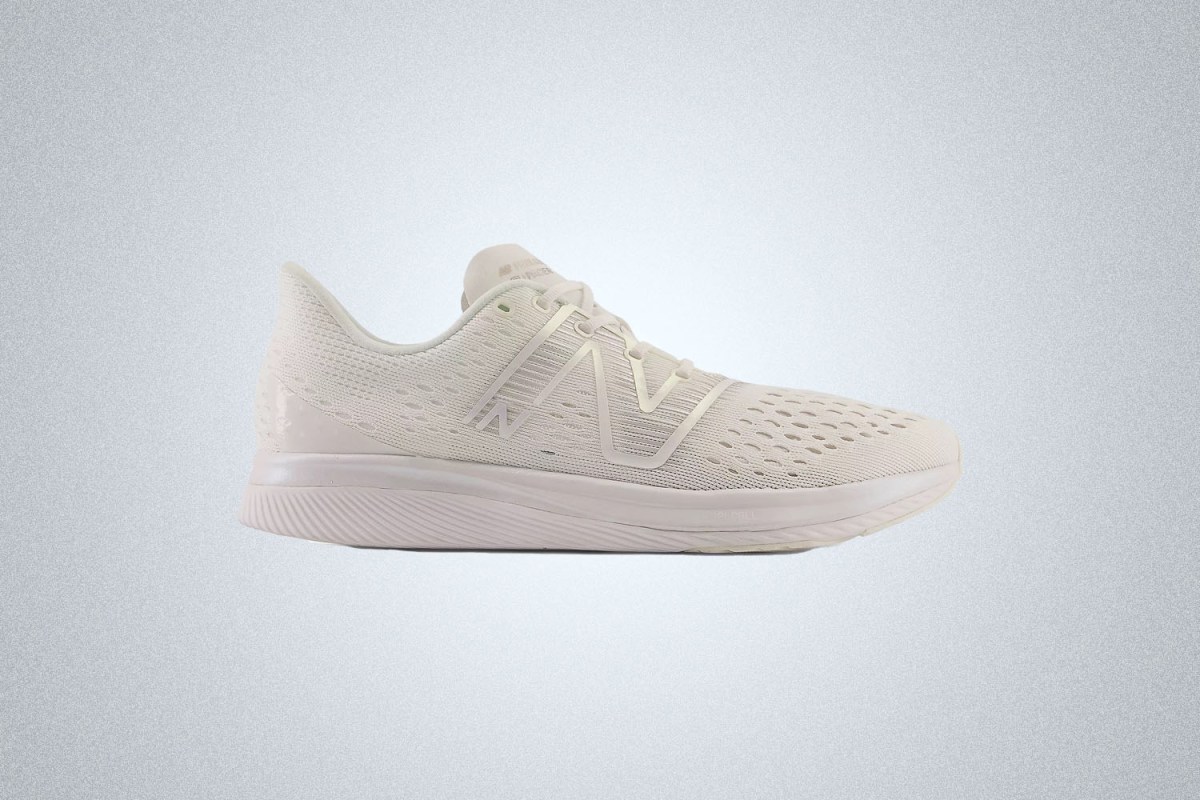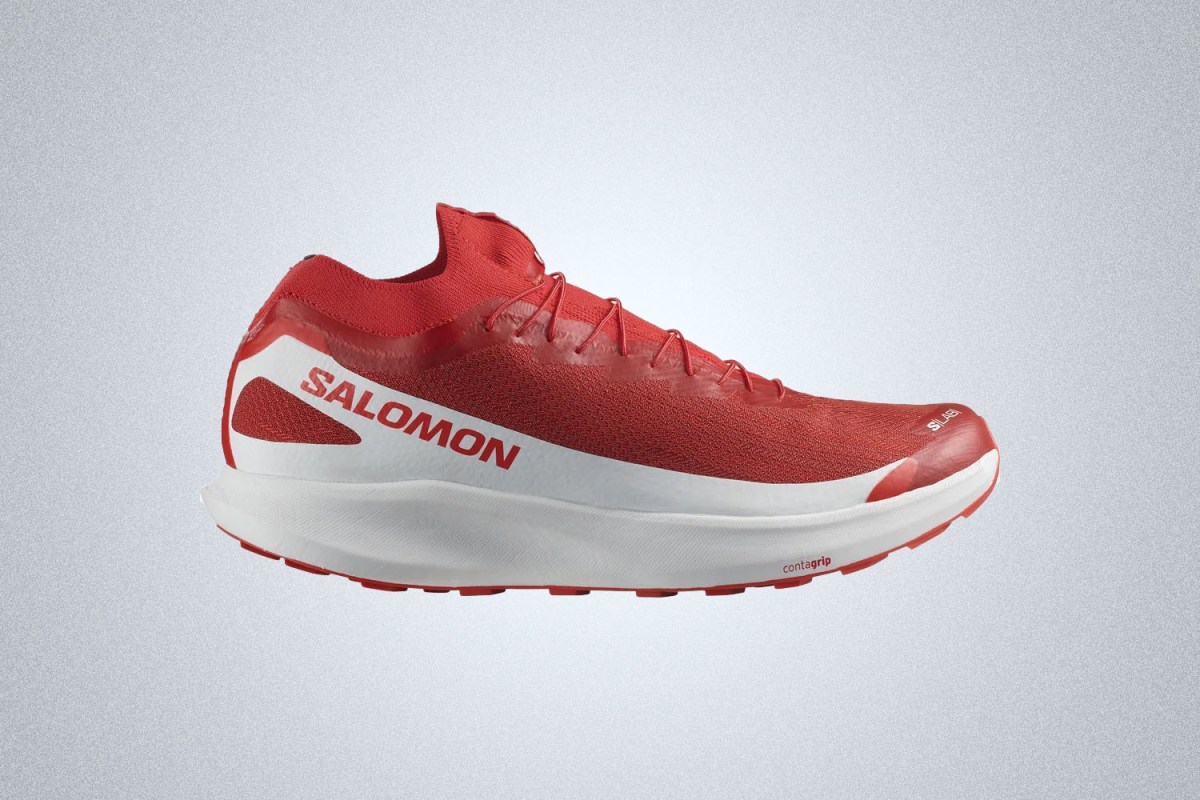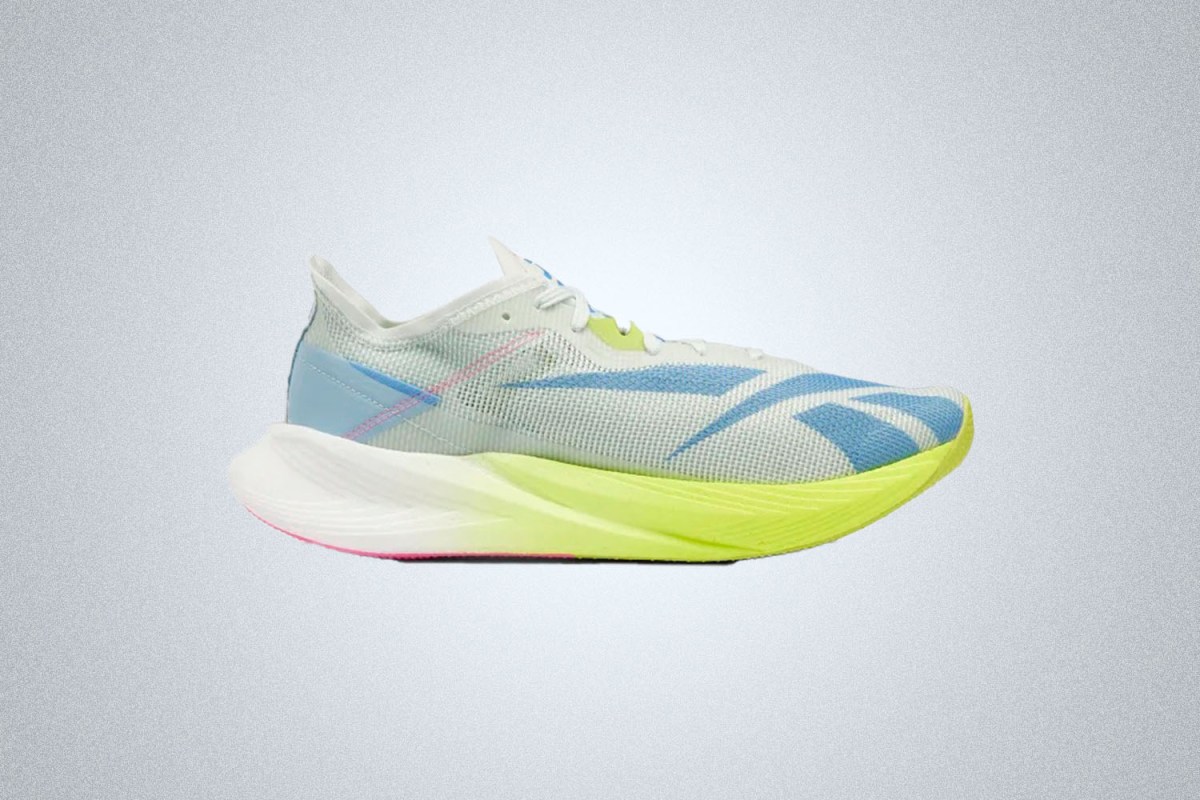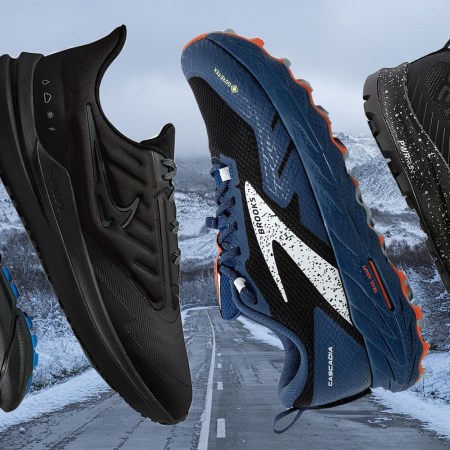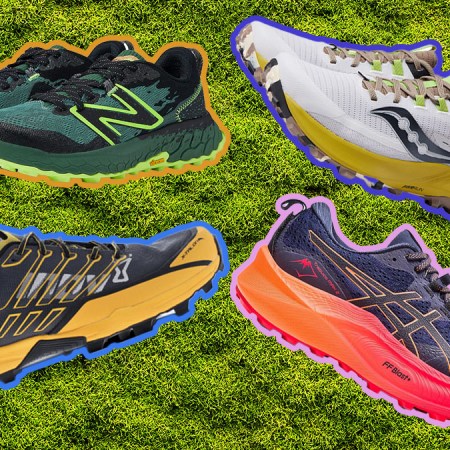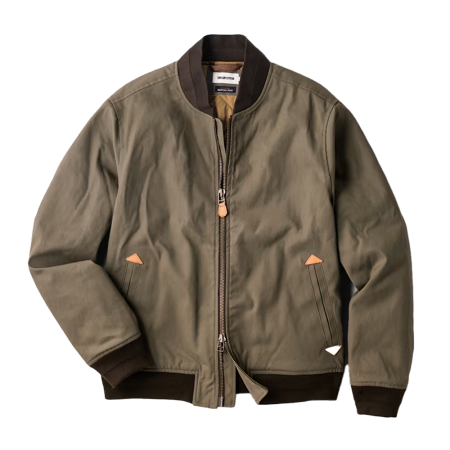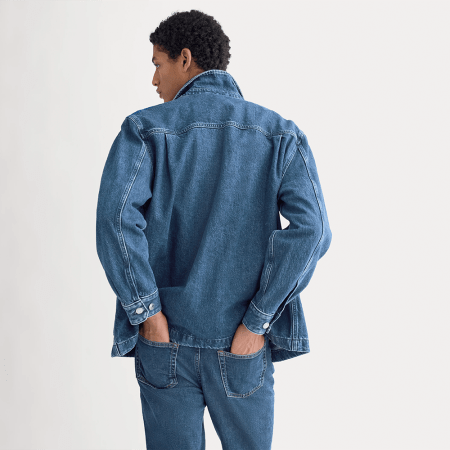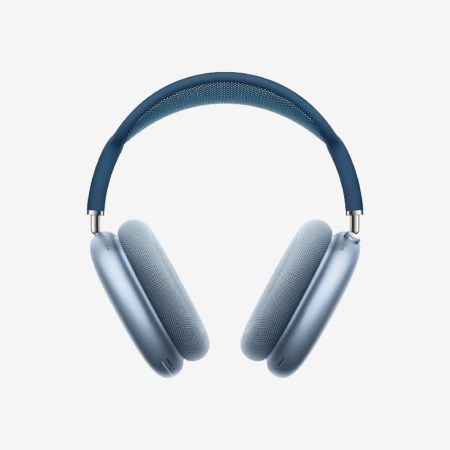Nota bene: All products in this article are independently selected and vetted by InsideHook editors. If you buy something, we may earn an affiliate commission.
Whether you’re building base this season, already eyeing the spring marathon season, or you just want to go fast, you may want to pick up a pair of racing shoes for your runs. These speed-focused kicks are designed to help you run as fast as possible, and they often showcase shoe brands’ most cutting-edge technologies.
A dedicated pair of racing shoes is a smart idea for most runners, says Ashley Arnold, a member of the shoe review team at running retailer Fleet Feet. By rotating shoes throughout your training schedule — and saving a pair for race day — you’ll extend the useful life of your shoes and potentially boost your performance, too.
“Whether or not your second pair of shoes is specifically designed for racing, it’s usually a good practice to build a shoe rotation for both your health and the health of your shoes,” she says.
It’s Never Too Late to Become a Runner. Here’s How.
Looking to get off the couch but no idea where to begin? We’ve got you.Giving your shoes a break helps preserve their midsole and outsole materials, Arnold says. It also prevents your body from getting too accustomed to one shoe, which can lead to injury. And since racing shoes are lighter and can feel faster than training shoes, wearing a pair during your event can set you up for success on the course.
The Best Racing Shoes
- Best for training and racing: Nike Zoom Fly 5 Premium
- Best fit and feel: On CloudBoom Echo 3
- Best lightweight racer: Saucony Endorphin Elite
- Best premium tech: Nike Alphafly 2
- Best for short races: New Balance FuelCell Supercomp Pacer
- Best for runners with long strides: Asics Metaspeed Sky+
- Best for trail races: Salomon S/Lab Pulsar 2
- Best for a responsive ride: Reebok Floatride Energy X
- Best expert-recommended: Hoka Carbon X 3
Things to consider
Like any running shoe, you’ll want to find a pair of racing shoes that fits your foot and matches your running preferences, like plush cushioning or a firm, responsive ride. For the best results, it’s always smart to visit a running store and try shoes on in person. But to guide your shopping, there are a few key features to focus on when comparing racing shoe models.
• Cushioning: Many top-tier racing shoes feature premium cushioning foams and carbon fiber plates. Racing cushioning foams are usually formulated to be very lightweight and responsive (i.e., they quickly regain their shape when compressed), so you get maximum energy return with each step. Carbon fiber plates add even more energy return and increase running efficiency, so you waste less energy as you run. (Exactly how the plates do that is a matter of some debate.)
• Weight: Racing shoes are generally designed to be worn only on race days, so they’re usually built with lighter, leaner materials than those used in training shoes. That can make racing shoes less durable, Arnold says, but it also makes them weigh less, and that’s crucial for sustained speed. “You want your race shoe to be as light as possible to help shave off those precious seconds,” she says.
• The Distance You’re Running: Not all race shoes will work for all races. “You’ll want shoes that fit the distance and terrain you’re racing,” says Arnold. For shorter events, like a 5K or 10K, a lighter, firmer and more flexible shoe is often a good pick. For longer events like a marathon, you’ll probably want more cushioning to keep your feet from getting prematurely fatigued. And for trail races, you’ll need a trail shoe with a grippy, durable outsole.
Best for training and racing
Best fit and feel
We Conquered the New York Marathon in On’s Latest Gear
All the gear that helped us bag a 2:59:09Best lightweight racer
Best premium tech
Best for shorter races
Best for runners with long strides
Best for trail races
Best for a responsive ride
Best expert-recommended
We've put in the work researching, reviewing and rounding up all the shirts, jackets, shoes and accessories you'll need this season, whether it's for yourself or for gifting purposes. Sign up here for weekly style inspo direct to your inbox.
